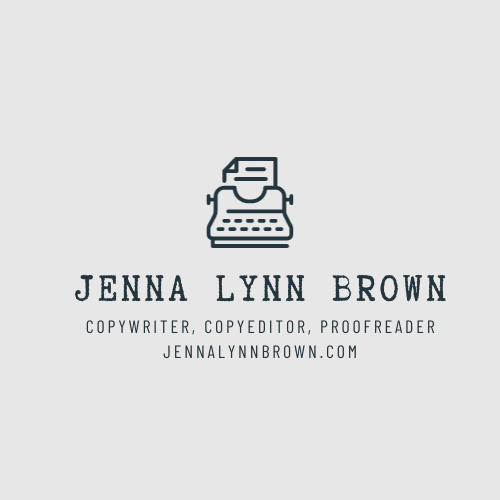Trello For Writers
This essay was previously posted to the writing community Get Your Words Out on March 23, 2020.
To paraphrase Sports Night, I like lists because I like crossing things off them. Any organizational system that lets me check a box, cross out a line, or otherwise visualize what I've completed is A-OK by me.
I've recently discovered the wonder of the kanban board.
USING A KANBAN BOARD
The kanban board is an organizational method invented by Japanese factory managers to track multiple ongoing, multi-step projects. At its most basic, you need three columns: To-do, In Progress, and Completed. You list your projects on cards under To-Do, advance them to In Progress when the project is underway, and move them to Done once they're completed. You can make notes on the cards, such as who is assigned to the project, the due date, and other details.
You can use anything from sticky notes and a spiral-bound notebook to index cards and a cork board to any number of digital apps to make a kanban board. One of the most recommended apps, and the one I currently use, is Trello.
AVAILABILITY
Currently, Trello is available for iOS, Android, Mac, and Windows. There's also a browser-based version to use on multiple operating systems. All of these versions are free. You can purchase a paid premium version which allows you to upload large attachments or use custom backgrounds.
However, if your budget's tight, you can still access the most important features without purchasing the premium plan.
PROJECT MANAGEMENT
"But Lucy," you say, "I'm a writer, not a factory manager. How is a kanban board helpful to me?"
I'm glad you asked.
A kanban board is a project management system. If you're anything like me, you've got several projects going on at once. I use Trello to manage these projects through their various stages: self-publishing, submissions, works in progress, and even outlining.
It's proven to be a good way to tame the chaos of all of my projects and help me keep my various goals organized.
But say you don't have multiple projects going on at once. You can use Trello to track a single story: create a board for each chapter, and then create a card for each scene, for instance. Or create a board for outlining and another for research, a third for characters, and so on.
In the above example, I've listed chapters I've planned so far, along with their working titles and POV character. The chapter cards also have checklists for the planned scenes, using a power-up for custom fields.
Basically, anything that you can list can become a kanban board. And there's something incredibly satisfying about moving a card to that final column.
I haven't played with all of the settings yet, but the ones above are my favorites. You could also share a board with collaborators; add things like notifications or reminders; or use other power-ups to add a due date to a tracking calendar.
So, that's a very basic overview of Trello. Like most tools, it is what you make of it, and there are probably many more uses that haven't occurred to me that may occur to you. I've enjoyed using it so far, as a place to consolidate all the current projects and plan the next ones.
Plus their mascot is really cute.
